Bicycle dropouts - every standard explained
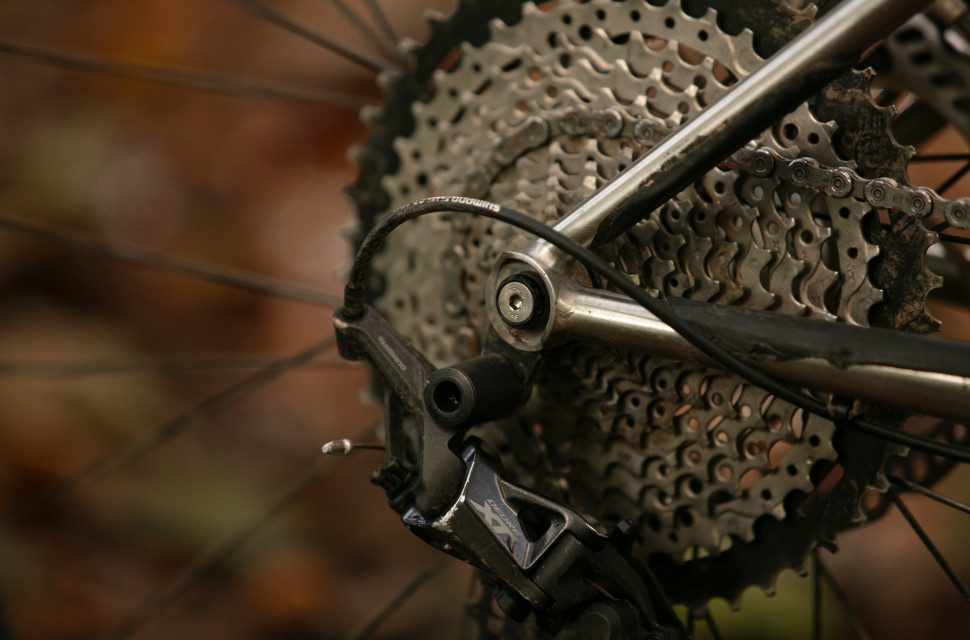
Many things in mountain biking and off-road cycling have peculiar names that don’t always allude to what they do. But dropouts are wonderfully onomatopoeic – doing exactly what they say.
- What is a gravel bike?
- Can you use a road bike helmet for MTB and gravel riding?
- Mountain bike tyre inserts - everything you need to know
Dropouts house wheel axles. They keep wheels secured in place but they also allow a wheel to drop out of the frame or fork when required, either for maintenance and mid-ride puncture repair – or to make your mountain or gravel bike more transportable.
Dropouts are configured in several ways, with off-road bikes initially borrowing road bike standards before creating notable innovations to improve how wheels are secured and removed from frames.
Traditional vertical dropouts
The traditional rear axle and fork dropout is vertical, with a fastener bolting or clamping the wheel in place. It’s a convenient design that allows road riders to remove a rear wheel when a puncture requires fixing.
But the conventional vertical dropout isn’t ideal for off-road riding, especially when rolling hundreds of miles across corrugated gravel roads or descending rocky, technical trails.
Vibrations and impacts from terrain will eventually loosen the fasteners that secure a wheel into a vertical dropout. There’s nothing worse than a misaligned wheel skimming a brake rotor through its callipers or releasing from its dropout when launching a jump.
Going horizontal
Horizontal dropouts are the other legacy standard for securing rear wheels in place on a bicycle frame.
The obvious advantage is that even if a wheel works loose, it can’t drop out of the frame vertically - slight rearward migration being the worst-case scenario. The issue with horizontal dropouts is that rocks and roots can knock the wheel rearwards.
Countering the risk of a wheel’s rearward migration in the horizontal dropouts, chain tugs and adjustment screws are usually added. This creates a more secure interface, preventing any terrain impact from dislodging the wheel and pushing it rearwards.
Terrain impacts causing rearward wheel migration are why horizontal dropouts don’t always work well with a geared drivetrain – which requires a fixed wheel mounting point without any horizontal movement. It’s why vertical dropouts, which resist any horizontal wheel movement, exist.
Most off-road frames with horizontal dropouts have been single speeds, as they allow for adjustment in chain tension. Incorrect chain tension can lead to accelerated wear through unnecessary friction and inefficient pedalling.
On a geared bike, the problem with horizontal dropouts working loose is obvious: if the wheel starts developing some rearwards play in the dropout, it will trigger imperfect shifting. By the same token, if you suffer from rearward wheel migration and your braking callipers are a fixed mount, the misaligning and grating issues are unavoidable.
Do thru-axles solve everything?
Traditional quick-release axles and fasteners might work great on smooth Tarmac roads, but the terrain impacts on an off-road trail overwhelm the conventional ‘open’ slot vertical and horizontal dropout design. The industry’s solution for a more robust way of mounting and securing wheels into the frame and fork has been the thru-axle.
Most mountain and gravel bikes now feature thru-axles: enclosed slots with threaded ends that the wheel axle mounts into. Unlike traditional vertical or horizontal dropouts, the thru-axle system is enclosed and uses much larger axle sizes. With the mechanical fastening of threads and larger axles, thru-axle wheels on mountain and gravel bikes are nearly impossible to work loose, even when riding on the most demanding terrain.
Unlike traditional vertical dropouts quick-release skewers, which can be annoyingly stubborn to align and correctly tighten in a hurry, especially in the dark, before that dawn patrol ride, it’s impossible to misalign a thru-axle mounted wheel slightly. The fastening mechanisms are also more sympathetic to riders who don’t have great mechanical intuition and might be given to wildly overtightening traditional quick-release dropout skewers.
Like many other frame standards, mountain biking inherited vertical dropouts and quick-release fasteners from road biking. The requirement for a more robust way to mount wheels created thru-axles as a solution. And it has reciprocated with road biking, where most premium carbon frames and forks now feature thru-axles, too.
Geometry adjustment and single-speeds
Flip chip geometry adjustment is one recent innovation enabled by the universal popularity of thru-axles. On some mountain bike frames and rigid gravel bike forks, you’ll notice the thru-axle dropouts are large slots, allowing for adjustment.
On the rear axle, some thru-axle dropouts mimic the principles of a horizontal dropout, allowing sliding adjustability to vary wheelbase. Riders who want snappier handling in tight singletrack terrain can run their adjustable rear thru-axle dropout at the most compact wheelbase setting. Want more high-speed tracking stability in rough terrain? Loosen the thru-axle, flip its adjustment chip, and lengthen the wheelbase for enhanced stability.
Preventing the annoyance of misaligned brake rotors and callipers, geometry-adjusting rear thru-axle dropouts often feature a calliper mount that moves with the axle, to ensure everything adjusts correspondingly without requiring additional time on the tools.
For single-speed mountain bikers, some frame builders will custom horizontal sliding dropouts, for thru-axles, with an integrated brake caliper. Having this ease of adjustability is convenient because as a single-speed chain stretches with use and loses its ideal tension, riders can loosen the dropout, reduce the limit screw position, and slide the wheel rearwards by a few millimetres to reset their single geared drivetrain to its ideal tension.
Dropouts and derailleurs
Vertical dropouts became a default standard for rear wheel mounting because of the relationship between secure wheel position and a fixed mounting point for the rear derailleur – with an integrated frame hanger.
Frames have different wheelbases and rear triangle geometries. Drivetrain brands create systems with their own requirements for precision shifting – depending on the number of gears, the spread of ratios, and derailleur cage size. All these variations mean that if you damage the rear derailleur in a rock strike and bend the hanger, you best have a frame brand-specific spare.
In 2019, SRAM created the Universal Derailleur Hanger (UDH), which unifies drivetrains' mounting and alignment needs to a single component. Working across nearly all available off-road drivetrains, SRAM’s UDH is a great simplification of the frame-specific derailleur hanger issue, and it has been widely adopted by prominent frame brands and boutique frame fabricators since its inception.
But what if I want to upgrade to a new frame, that uses a different dropout axle standard, but keep my wheels?’ That’s not really an issue anymore, as many hub manufacturers provide cross-compatible axle kits. Buy the axle kit you need, swap out some end caps, and you are ready to go.





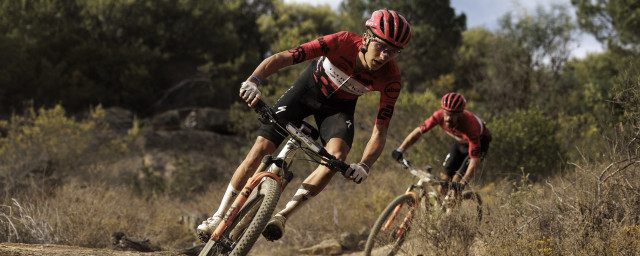


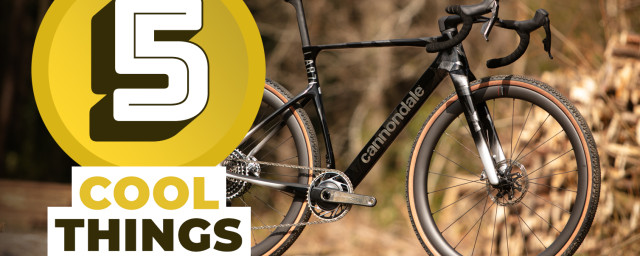
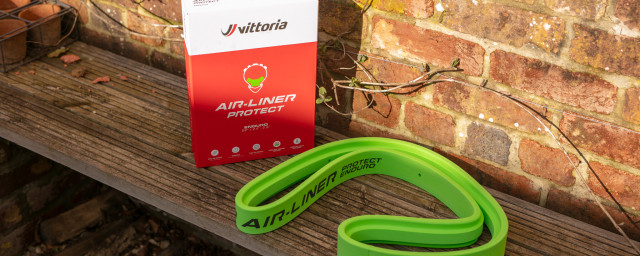
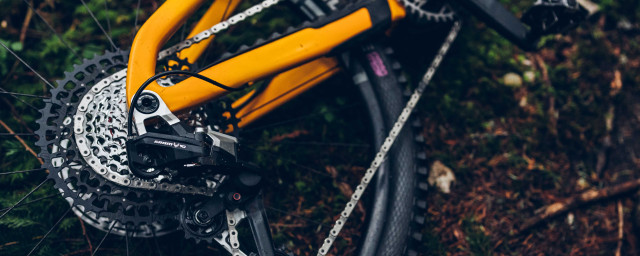

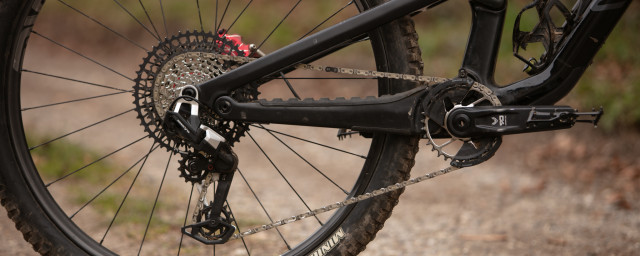
2 comments
Apart from the embarrisment of forgetting to cinch up your QR tightly has anyone actually had a the problem with vertical drop outs described above?
My dropouts are featured in this Surly blog. Bit complex to look at but simpleish to use.
https://surlybikes.com/blog/ogre_sauce